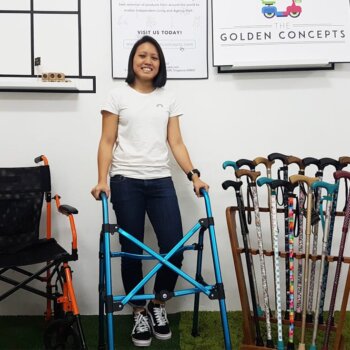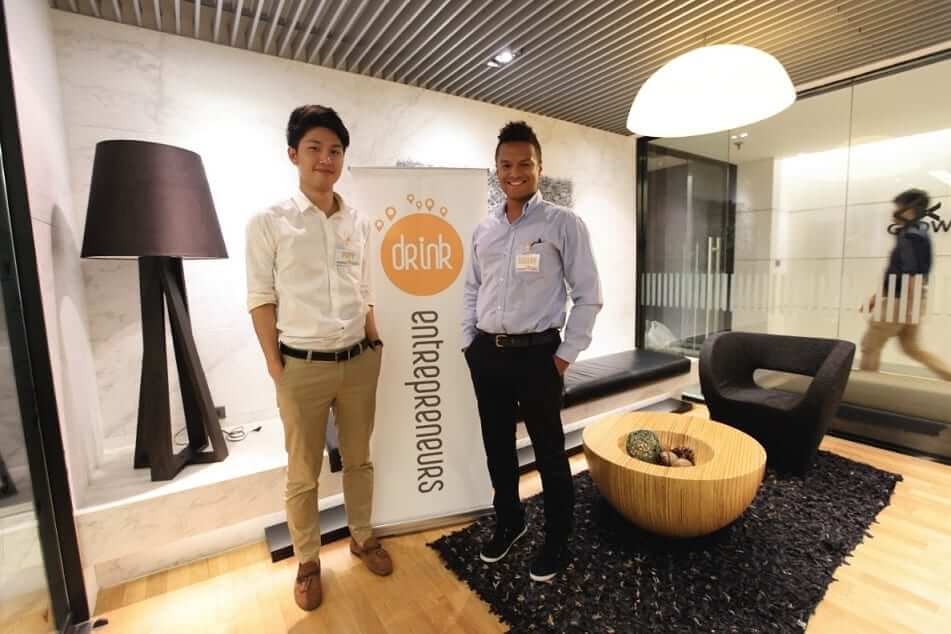Today it’s impossible to know if your startup idea will be a winner without repeated experimentation. To succeed, startups need to make and test predictions about what will and won’t work in their business models. If an element works, then future iterations should retain that practice, but if it does not work, the startup needs to “pivot” by changing one or more elements until it becomes a success.
We have Eric Ries to thank for coining the idea of the entrepreneurial pivot.
As straightforward as it sounds to pivot, it’s clearly a whole lot harder to do- as evident by the decline in entrepreneurial growth in the United States. According to the Kauffman Index of Entrepreneurial Activity, business creation declined from 300 out of 100,000 adults, in 2012, to 280 in 2013. Not to mention the 17+-year flat new venture creation growth rate. Pretty challenging statistics, really, given all the growth in entrepreneurial education programs during the same time period.
The concept of the entrepreneurial pivot contradicts the traditional model of creating – and sticking to – a conventional multi-year business plan. For a long time this was the focus of how new businesses were built. These days adhering to this kind of business plan are rarely feasible, given the unpredictability of future market conditions and the shift towards a global economy.
In Victor Hwang and Greg Horowitt’s best selling book The Rainforest: The Secret to Building the Next Silicon Valley, they argue that startups today are geographically unbound in many ways; rendering geographical clustering to be increasingly limiting. While it may be true that it’s easier to do business with people who are nearby, who know each other’s families, and, as a result, trust each other more, it is not always in the best interest of the startup, and its potential market, to focus locally. With the cost of connecting with people across vast geographic distances at a record low, thanks to the Internet and low-cost telecommunications, startups have more options then ever to connect, and pivot, on a global basis. Today, it is not surprising to have partners, capital providers, advisors, technical developers, and customers geographically coming together from different places in the world.
According to Victor and Greg, innovation is really about finding the right relationships among the right people at the right time; so that innovation takes whatever outward form it needs to take. Whether it is a large company, a fast-growing startup, a joint venture with a large corporation, a license agreement for intellectual property, or a nonprofit foundation- the superficial manifestations of innovation are secondary to the development of human relationships.
I could not agree more. As a startup in Chicago, Illinois, our local geography did not support the development of Entrepreneur the Arts. Had I not invested in building relationships nationally and internationally, I would not have found my first customers in Jordan, my master developer in Australia, my user interface designer in Hungary, my accrediting higher education institution and advisors in California and the UAE, or supporting partnerships in Canada. But it sure was time consuming, costly and very difficult for me to do.
So how do people work together to create these relationships with lower transaction costs that allow for greater flexibility and an easier time pivoting? According to Victor and Greg, throughout history, there have been several fundamental barriers for people of diverse backgrounds from working together.
They are:
1. Geographic barriers (mountains, oceans, distance)
2. Social network failures (people belonging to different social circles)
3. Cultural and language differences (people not understanding each other)
4. Lack of trust (people fearful of working together)
These barriers hinder markets from functioning efficiently. They make free markets less free. They inhibit the creation of value. We therefore face an interesting paradox: while greater opportunities for innovation are now possible because vast geographical distances are shrinking, people have not developed the skills for dealing with the vast social differences between diverse communities and cultures. ~The Rainforest
The nature of connecting to a global marketplace creates a new wrinkle, and a new opportunity, for startups and what they must focus on to successfully pivot. While there is no doubt that the quicker you get your product out there, and collect data from your users to understand their behavior, you must find the human relationships and resources you need to launch, experiment, and successfully pivot simultaneously. And these resources are now more likely to come from a global marketplace then from your backyard.
But if you don’t have global access, and are not encouraged or helped to create it, it is possible you might make the wrong decisions about the kind of pivot you need to make. If you base your pivot only on the regional feedback, resources and capital provided to you, its possible you might undermine what your product or service can actually do and for whom. The nature of the ‘pivot’ itself can take many different flavors and forms. While each of these is valid, picking the wrong one to focus on can throw your startup into an unnecessary tailspin if your view of your challenges have been too narrowly defined.
Here are Eric Ries’s summary of the top ten types of pivots to consider. They are:
- Zoom-in pivot. What previously was considered a single feature in a product becomes the whole product. This highlights the value of “focus” and “minimum viable product” (MVP), delivered quickly and efficiently.
- Zoom-out pivot. In the reverse situation, sometimes a single feature is insufficient to support a customer set. In this type of pivot, what was considered the whole product becomes a single feature of a much larger product.
- Customer segment pivot. Your product may attract real customers, but not the ones in the original vision. In other words, it solves a real problem, but needs to be positioned for a more appreciative segment, and optimized for that segment.
- Customer need pivot. Early customer feedback indicates that the problem solved is not very important, or money isn’t available to buy. This requires repositioning, or a completely new product, to find a problem worth solving.
- Platform pivot. This refers to a change from an application to a platform, or vice versa. Many founders envision their solution as a platform for future products, but don’t have a single killer application just yet. Most customers buy solutions, not platforms.
- Business architecture pivot. Geoffrey Moore, many years ago, observed that there are two major business architectures: high margin, low volume (complex systems model), or low margin, high volume (volume operations model). You can’t do both at the same time.
- Value capture pivot. This refers to the monetization or revenue model. Changes to the way a startup captures value can have far-reaching consequences for business, product, and marketing strategies. The “free” model doesn’t capture much value.
- Engine of growth pivot. Most startups these days use one of three primary growth engines: the viral, sticky, and paid growth models. Picking the right model can dramatically affect the speed and profitability of growth.
- Channel pivot. In sales terminology, the mechanism by which a company delivers it product to customers is called the sales channel or distribution channel. Channel pivots usually require unique pricing, feature, and competitive positioning adjustments.
- Technology pivot. Sometimes a startup discovers a way to achieve the same solution by using a completely different technology. This is most relevant if the new technology can provide superior price and/or performance to improve competitive posture.
Pivoting can be easier to achieve for startups. What we need to do is increase their connectivity to entrepreneurs, investors and customers on a global basis earlier in their development. By improving their understanding of the global marketplace and helping them to build relationship across larger distances, we can make it easier for them to connect to different clusters globally, launch, find the resources they need and pivot more easily and successfully. I am convinced this will help decrease the failure rate. This is one important aspect of the work Entrepreneur the Arts seeks to do.
___________________________
About the Author
This article was written by Lisa Canning of Entrepreneur The Arts. Lisa Canning is the founder of Lisa’s Clarinet Shop, IAEOU, the Institute for Arts Entrepreneurship (IAE) and Entrepreneur the Arts. And now Learning Flies too.




























